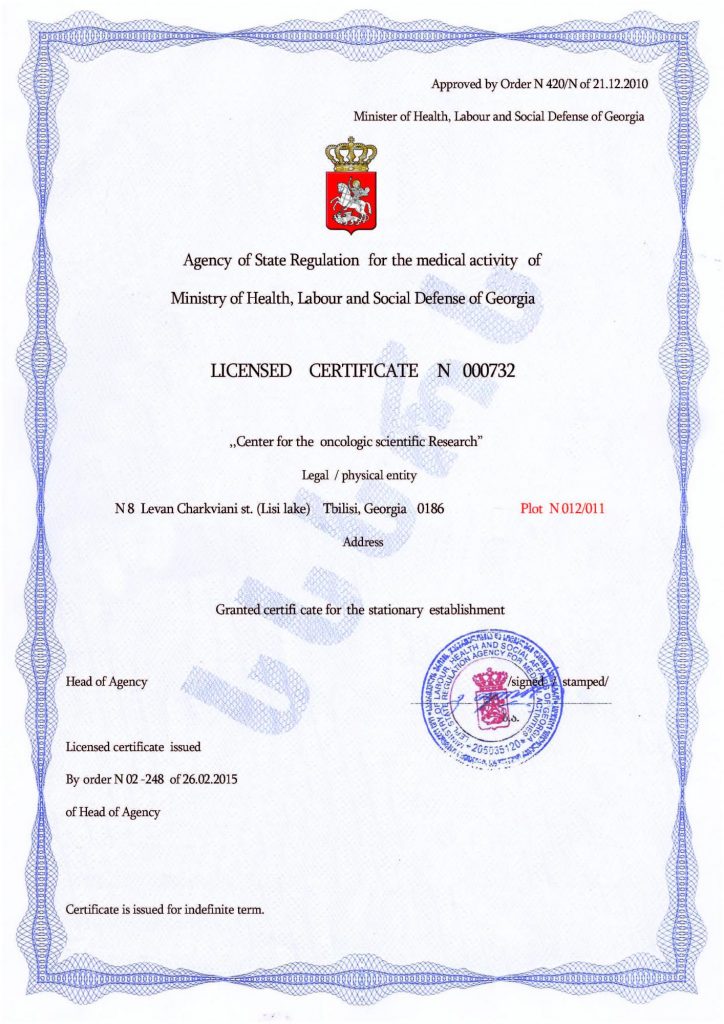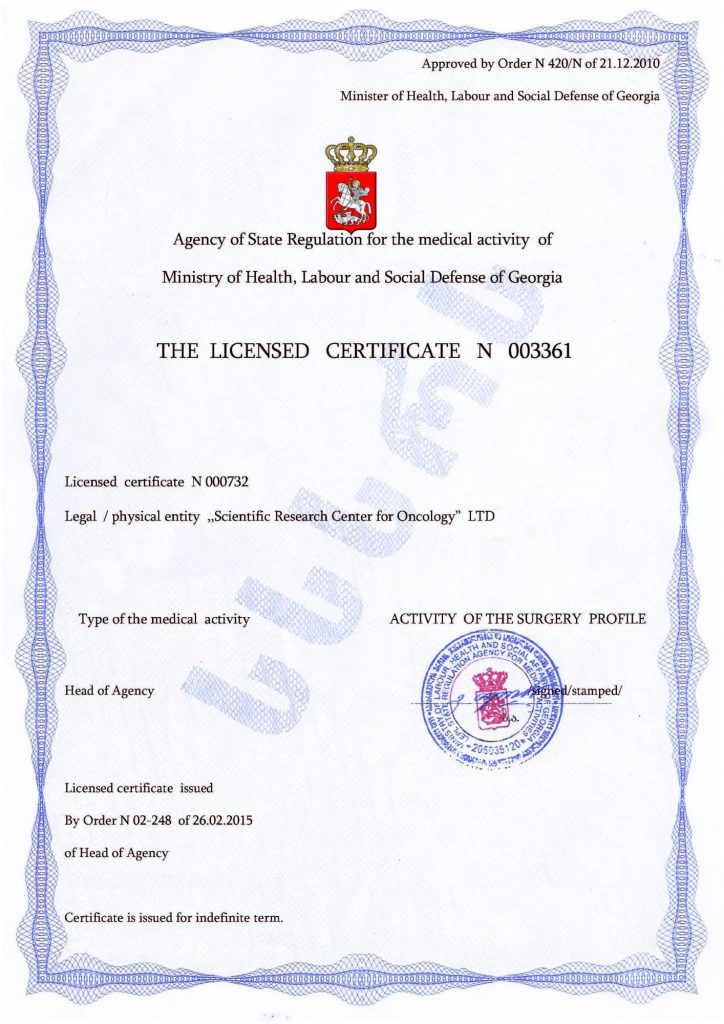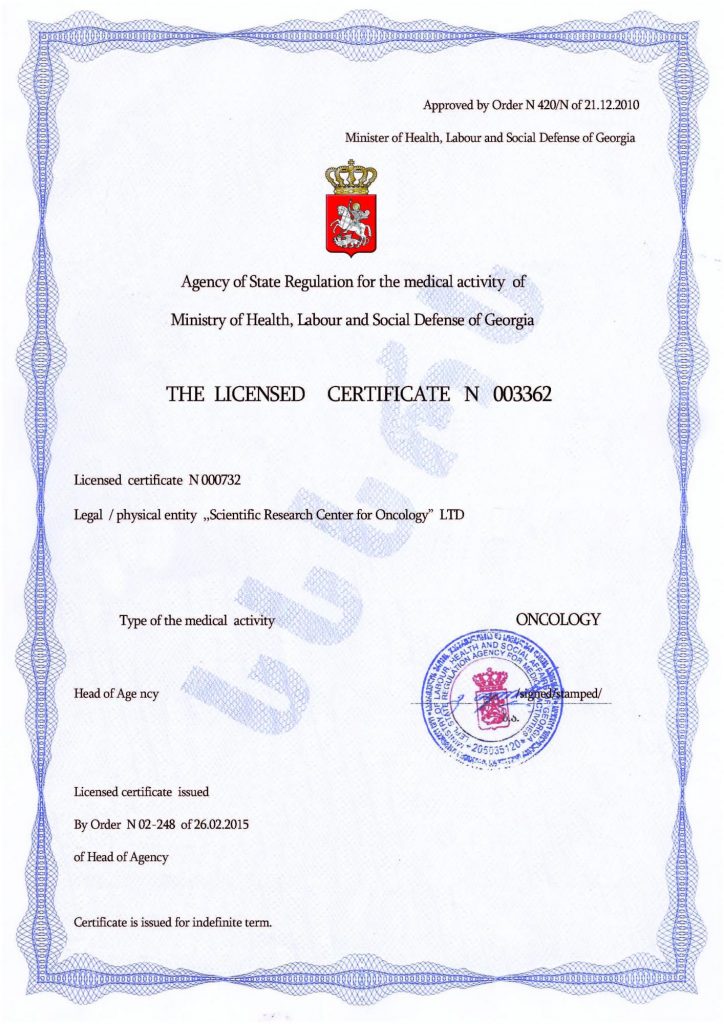Dance Therapy for Autism
Many children with ASD have difficulty coordinating movements and experiencing their own body in space. There is a weak ‘body image’ in their brain, and a program of dance and movement therapy for autism is used to strengthen and reshape it.
Dance therapy for autism is a type of art therapy, a complex psychotherapeutic correction using dance movements, which are a process of interaction between the brain and body that integrates the physical and emotional state of the individual into a single whole.
Dance therapy for autistic children directly addresses the human body, stimulating its motor activity through the influence of music. This liberates and reveals a child’s inner world, their experiences, feelings, emotions, images, tensions, and memories. All of them are expressed in dance, thereby developing the sensation of body parts and the child’s awareness. Over time, a real image of the body forms in the brain, and it will be easier for the child not only to control their body but also to use it for social interaction in the future.
Dance therapy and psychocorrection
The basis of this method is a conviction in the existence of a relationship between emotions and movements. The human body has muscle memory, which is closely related to sensations and feelings stored in the brain. During movements, muscle memory activates brain memory, and the person experiences the same feelings that are associated with these movements. The main goal of dance therapy is to store positive sensory and emotional images in muscle and brain memory.
Dance therapy: exercises and features of classes
Dance movements can change sensory, emotional and mental states. These states are especially acute when dancing, expanding one’s emotional experience. A dance therapy specialist can use movement to make the right positive emotions reinforce each other.
Positive results of dance therapy for ASD:
- Improvement of mood and emotional balance
- Normalization of the central nervous system
- Brain stimulation
- Improvement of sensory perception of the world.
The connection between psychotherapy and dance therapy
While dancing, a child can free themselves from negative memories and experiences, like a cleansing of their inner world. The methodology has different psychological and pedagogical directions: ideology, stylistic diversity, and technique. It also helps to choose a dance more suitable for the child. It is important to remember that this method is not a cure; it only contributes to psychocorrection.
Try an alternative — undergo a cellular correction procedure at the Mardaleishvili Medical Center — it is even better than dance therapy alone for autism, because it truly heals!
Correction of childhood autism with stem cells is a radically new approach to the treatment of ASD, which is highly popular in modern medicine. The main difference of the method is the correction of the root cause of autism — the abnormal structure of the brain. No other method has been able to produce such an amazing effect in the treatment of childhood autism spectrum disorder.
Practice dance therapy after treating childhood autism with stem cells — this is one of the most effective combinations of methods!
Autism Treatment Center Videos
Autism treatment with own stem cells
Cord blood association congress
International Quality Crown
Autism Treatment Reviews
Autism treatment with own stem cells
The story of Alessandro (6 years old)
Autism Patient Testimonial - Stem Cell Treatment
Clients Testimonials
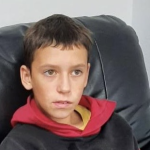
Feedback from Igor, David’s father (12 years old) Read More
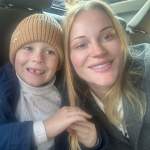
Feedback from Olga, Fedya’s mother Read More
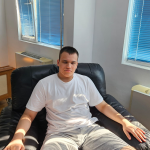
Feedback from Natalia, Radomir’s mother (15 years old) Read More
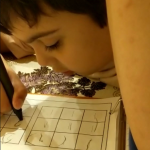
Feedback from Esther, Samuel’s mother (8 years old) Read More
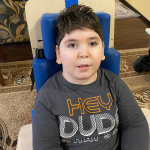
Feedback from Abibe, Selim’s mother (7 years old) Read More









